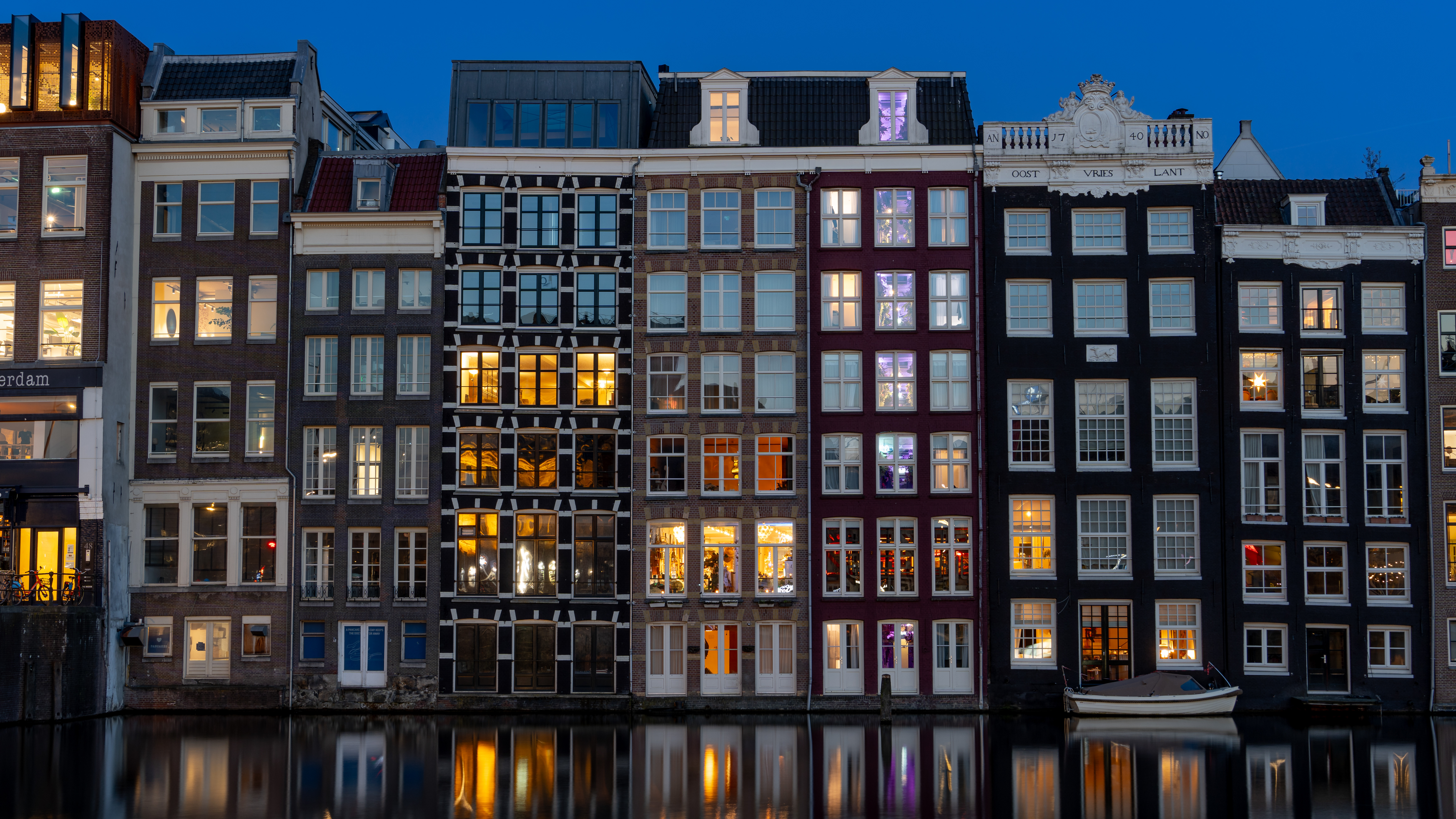Mastering Leading Lines in Photography: A Powerful Composition Technique
Whether you're shooting a misty mountain landscape or a bustling urban scene, mastering the art of leading lines in photography can dramatically elevate your images. Leading lines help guide the viewer’s eye through your frame, creating a sense of depth, balance, and intentionality.
What Are Leading Lines in Photography?
Leading lines are visual elements—either natural or man-made—that draw the viewer’s attention toward a specific point in the image, typically the subject (although, like with any rule, this can be broken). These lines can be straight or curved. Curved lines are especially powerful because they carry the eye through the entire composition, not just to a single focal point.
An example of a straight man-made leading line
An example of a curved natural leading line
Why Use Leading Lines?
Leading lines serve multiple purposes. For example, they may:
- Direct the viewer’s gaze: Lines naturally guide the eye, making your subject more noticeable and engaging.
- Add depth: Especially in landscape photography, leading lines create a three-dimensional feel that pulls the viewer into the scene.
- Balance the composition: A well-placed line can harmonize visual weight across your image.
- Tell a story: Leading lines can suggest movement, emotion, or connection, subtly shaping the narrative within your photo.
Examples of Leading Lines
You’ll find potential leading lines everywhere:
Natural Elements: shorelines
Human-Made Structures: streets
Natural Elements: greenery
Human-Made Structures: roads
Natural Elements: rivers
Human-Made Structures: train tracks
Both cityscape and landscape photography benefit from thoughtful use of leading lines, making it a truly versatile technique. Remember, these can be more abstract too - e.g., shadows.
How to Find Leading Lines in the Field
Want to start incorporating this technique? Here are some tips:
1. Location Scouting: Spend time exploring locations before your shoot. Look for patterns in nature or urban design that might serve as effective lines.
2. Use Google Street View: For city and travel photography, Google Street View is a great way to virtually scout for potential leading lines before leaving home.
3. Follow Other Photographers: Check out social media platforms like Instagram or Flickr. Search for images in the specific location you plan on visiting to see how others compose their shots.
4. Experiment With Angles: Sometimes, all it takes is a shift in perspective. Crouch down or shoot from a higher vantage point to make the most of a line that might not seem obvious at eye level.
Final Thoughts
The next time you’re composing a shot, ask yourself: What visual path will lead my viewer through this image? With a bit of awareness and creative framing, leading lines can turn a flat, forgettable photo into something compelling and immersive.

